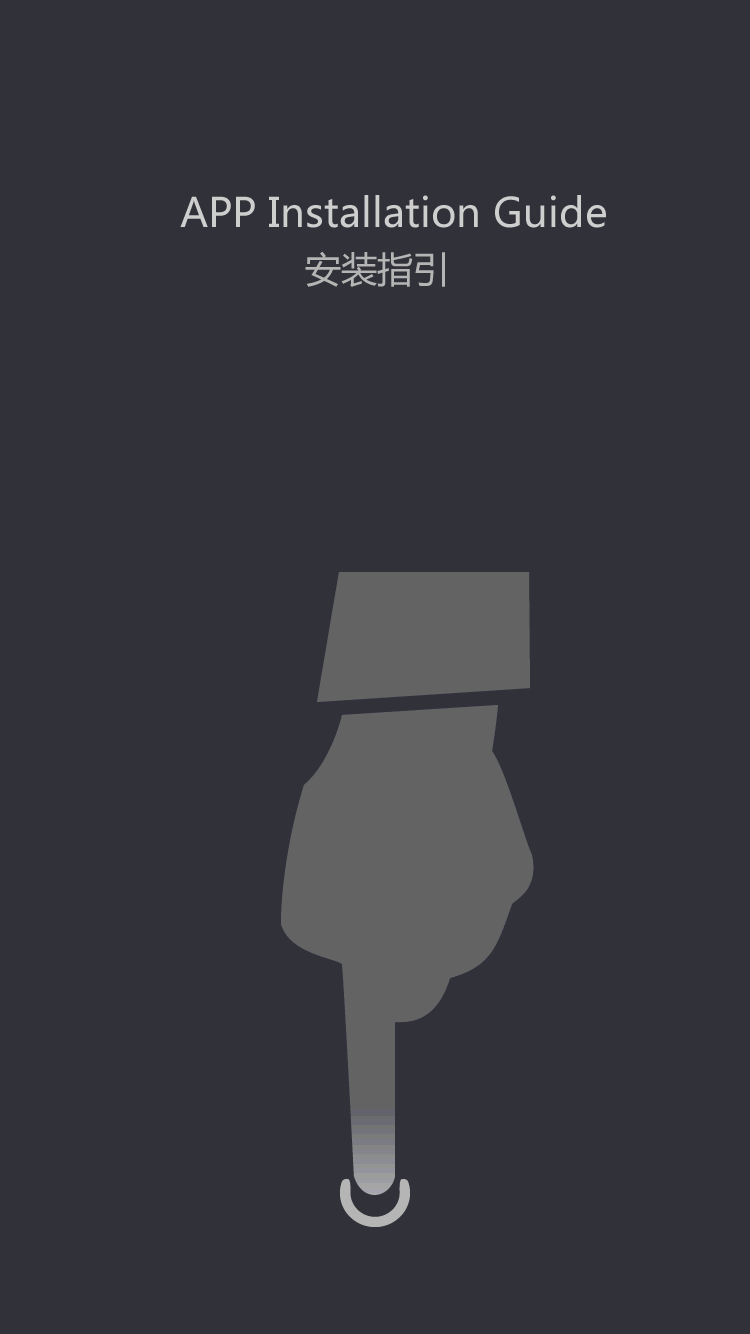Breast cysts don't require treatment unless a
by:Douai
2020-06-30
Draining the fluid and then waiting for the cyst to resolve it is the main treatment applied in these cases. Moreover, cysts that are aspirated and the fluid looks normal do not require any other medical attention apart from following-up to make sure it completely disappeared. Yet, hormone therapy(explained below) by the means of oral contraceptives is sometimes prescribed to reduce their recurrence and to regulate the menstrual cycle of the patient (which is likely to cause them in the first place). Danazol may also be prescribed to treat this condition and it is usually considered in patients on whom the non-medical treatment fails and the symptoms are intense. Surgical removal of a breast cyst is necessary only in a few unusual circumstances. If an uncomfortable breast cyst recurs month after month, or if a breast cyst contains blood-tinged fluid and displays other worrisome signs, surgery may be considered.
Hormonal Treatment of Benign Breast Disease in Women
Danazol, bromocriptine, and tamoxifen have been proven to be effective.Linoleic acid in the form of evening primrose oil has been shown effective in two randomized trials but Its role in treatment remains uncertain .Vitamin E is considered definitely ineffective and iodine and vaginal progesterone possibly effective. Medroxyprogesterone acetate, caffeine avoidance, and progesterone have not been sufficiently studied.
GnRH agonist analogues are used to lower LH, FSH, and estradiol levels and to create a temporary post-menopausal state. Onset of menopause is known to reduce the frequency of breast pain. This therapy is reserved for patients in whom all other measures fail and the pain is considered severe. Reduction of the dosage of estrogens in post-menopausal women or addition of an androgen to estrogen replacement therapy (e.g. Estrotesta tablets) appears to be beneficial in reducing breast pain.
Relative efficacy of effective therapies: It should be noted that overall responses to danazol, bromocriptine and evening primrose oil are lower in those with non-cyclic pain than those with cyclic pain. However, not all studies have carefully excluded patients with non-breast pain and therefore conclusions regarding non-cyclic pan should be considered tentative.
Figure Relative efficacy of agents to treat breast pain. These data are from the Breast Clinic in Cardiff , Wales and represent observational studies and not randomized, controlled efficacy trails.
Cysts and bra support
Some women experience breast pain, especially when engaging in vigorous physical activity. A properly fitted sports bra, which compresses or encapsulates breast tissue, is designed to reduce pain caused by exercise. Some women with breast cysts experience increased comfort and less pain by not wearing a bra.
Caffeine Relation
Although caffeine consumption does not have a scientifically proved connection with the process of cyst development, many women claim that their symptoms are relieved if avoiding it. Some doctors recommend reducing the amount of caffeine in one's diet in terms of both beverages and foods (such as chocolate). Also reducing salt intake may help in alleviating the symptoms of breast cysts, although, again, there is no scientific linkage between these two.





























